THE ANATOMY OF A RACE RIOT (1862)
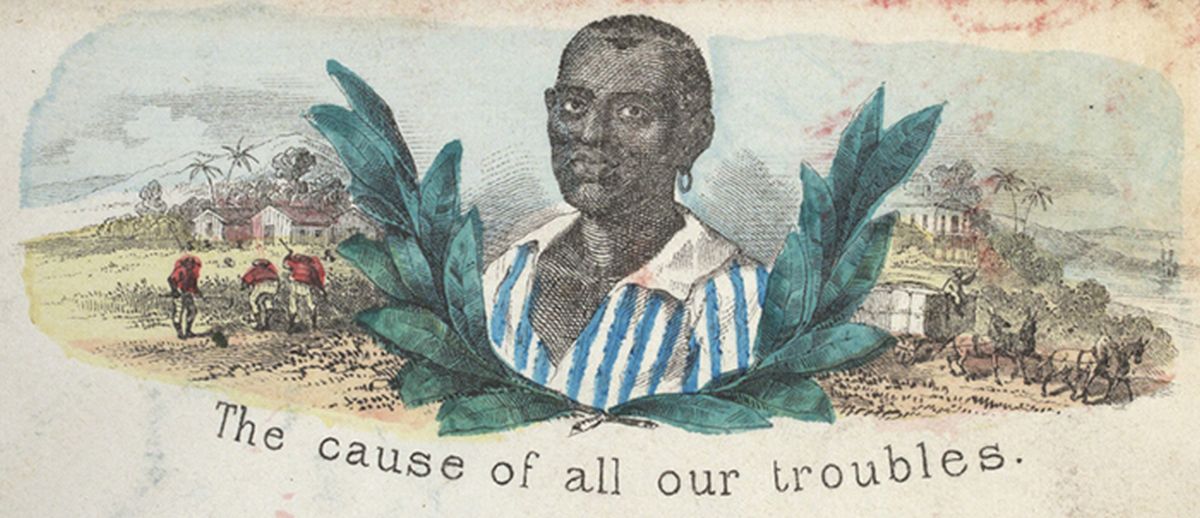
Brownstone Detectives investigates the history of its clients’ homes.
The story you are about to read was composed from research conducted in the course of one of those investigations.
********************************************************************************************************************************
“Yesterday afternoon, one of the most disgraceful riots, which has ever happened in this city, took place…”
So began the Brooklyn Daily Eagle‘s lead article about an “anti-Negro” riot that had taken place the previous day in the Red Hook section of Brooklyn.
“…which, but for the timely appearance of the police, aided by some citizens, might have resulted in a most fearful tragedy.”
HOW THE RIOT STARTED
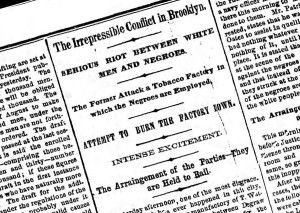
Days before the riot, though, “two (black) men who work in the rozin factory at the foot of Sedgewick Street were returning home from their work and stopped at Grady’s liquor store, in the neighborhood of the factories, to take a drink.”
When a white man went to enter the establishment, he asked the “colored men” to move out of the way. When they refused, the spark that would light the kindling appeared. Of course, resentments and ill feelings had been brewing for some time, and this event, apparently, provided the “justification” for the backlash that was to come.
After this minor liquor store incident – all through the night and into the next morning – various sorts of wild stories began to circulate and rumors to spread, including, unsurprisingly, unfounded accounts about “struck at the negroes with their clubs.”.”
Then, when the morning arrived upon which the riot was incited, it was learned by the owners of the tobacco factory, where the confrontation would begin, that “the negroes working in the factory would probably be attacked during the day by the exited population of the place.”
THE GENESIS OF THE RIOT
While the “colored men” held themselves up in the factory, having heard of the rioters’ intentions, “their assailants commenced a general onslaught of the building with brickbats and stones, smashing the windows, and when they found it impossible to get at the negroes in any other way, one of the rioters proposed that the building should be burned down.”
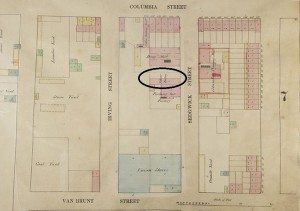
Eventually, as other police arrived on the scene, the force finally succeeded in “forcing the rioters from the locality,” arresting a number of them.
By morning, a strong detachment of police was stationed in the locality in anticipation of another outbreak, but as none of the colored people employed came to work no disturbance resulted.
Various rumors began to spread as animosity against the black employees of the tobacco company was incited. Amongst these rumors was a story often used to subdue “negroes,” and enlist support against them, that these “negroes employed in the factory had been engaged all last night in arming themselves.” Furthermore, it was alarmingly noted, “over 50 of them had gone to a gunsmith’s shop in Court street and left orders for pistols to be furnished this morning.”
Clearly the rioters were attempting to create a groundswell of support for their cause by inciting fear within the population of a “negro revolution” soon to take place.
Meanwhile, the “arrested rioters were brought up on the charge of riot” the following morning.
ANALYSIS OF THE RIOT
At base, fear drove these rioters to attack a class of people they saw as their economic opponents. The Irish, who were the main part of the body of the rioters, fearing that blacks – especially those newly freedmen fleeing the South and the war – would move to Brooklyn and dispossess them of jobs – which were then in short supply – provoked the violent feeling, intentions, and acts.
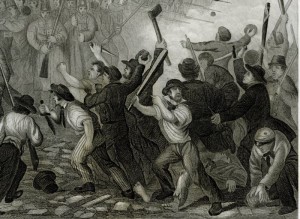 Although the cities of New York and Brooklyn were hotbeds of Southern support – much of the populace were against the abolitionists and their tirades against the slave-holding South – Brooklyn, in this case, held the day. There was a point, though, at which the tide could possibly have gone the other way.
Although the cities of New York and Brooklyn were hotbeds of Southern support – much of the populace were against the abolitionists and their tirades against the slave-holding South – Brooklyn, in this case, held the day. There was a point, though, at which the tide could possibly have gone the other way.
The following day, the New York Times celebrated the eventual course that the riots took, noting that there “is no class of persons in this community more quiet, orderly, peaceable, respectful, and even courteous, than the colored people.”
The Brooklyn Daily Eagle, sadly often on the wrong side of history with the race issue, wrote: “We regret most profoundly that, a city, so justly celebrated for its law and order as Brooklyn, should have been so disgraced.”
And in a line that echoes certain sentiments which exist today in our present grappling with the issues of equality and race, the Times continued, “We are glad that this, our first anti-negro riot was put down so quickly and effectively — though it is disgraceful to the Brooklyn Police that it should ever have occurred, or attained to such proportions, or effected such damage.”
POSTSCRIPT
Although this incident ended well, with no one killed and the rioters arrested and brought before a judge, the scene in the courtroom reflected the mass anti-black sentiment then current within New York society.
First of all, the public prosecutor failed to even show up to indict the alleged rioters. The judge hearing the case was forced to actually “telegraph to the District Attorney” in order to “secure his presence.”
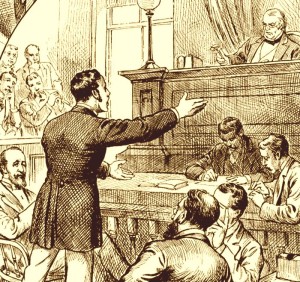 Initially, the counsel for the rioters asked to be allowed to post bail so that their charges could be freed, whereupon the counsel for the “people” in the case, a Mr. Kelsey, who was not even an attorney and was standing in for the government, harangued the court, noting that the riots “embraced treason, murder and arson.”
Initially, the counsel for the rioters asked to be allowed to post bail so that their charges could be freed, whereupon the counsel for the “people” in the case, a Mr. Kelsey, who was not even an attorney and was standing in for the government, harangued the court, noting that the riots “embraced treason, murder and arson.”
The judge, quietening the courtroom, announced that “no observations or considerations could swerve him from an impartial discharge of he duty incumbent upon him.”
This statement, neutral in all ways, produced “a lull,” and the attorney for the rioters announced to his opposition, “I am a more honest man than you are.” This produced an anonymous voice from the crowd, to wit: “You must be a thief if you are not more honest than old Kelsey!”
Laughter and applause ensured, which the officers of the court “endeavored to suppress.”
In the end, though, the trial was postponed repeatedly until the story fell out from the city newspapers and disappeared into history.
It is unlikely that – as no one was physically hurt – anyone served time or paid a fine for their “riotous” actions.
———————————————————————————————————————–
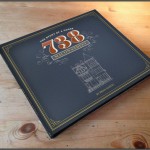 Brownstone Detectives is a property research agency whose mission is to document and save the histories of our clients’ old houses. From this historical research, we produce our celebrated House History Books. Each book is fully cited, featuring detailed narratives and colorful graphics, and is designed to bring the history of any house to life. Contact us today to begin discovering the history of your home.
Brownstone Detectives is a property research agency whose mission is to document and save the histories of our clients’ old houses. From this historical research, we produce our celebrated House History Books. Each book is fully cited, featuring detailed narratives and colorful graphics, and is designed to bring the history of any house to life. Contact us today to begin discovering the history of your home.